12 Big Layoffs You Should Know About This Year
What do bananas, cloud servers, cartoon mice, and luxury cars have in common? They’ve all been part of 2025’s wave of layoffs. This year, even companies once thought too big to cut are downsizing, and quite drastically.
The reasons mostly involve making room for AI, abandoning old business models, or keeping investors calm. Here are some notable examples worth knowing.
UPS Cuts Jobs Amid Shift Away From Amazon
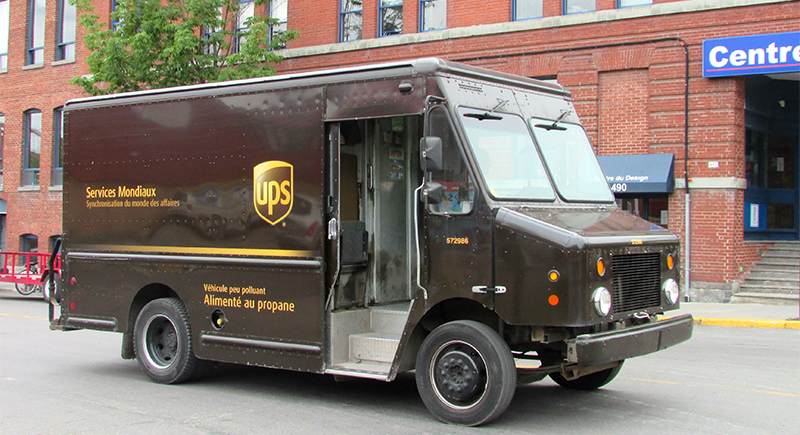
Credit: Wikimedia Commons
Once Amazon’s favorite delivery buddy, UPS, has decided it’s time for a little independence. As part of the breakup, the company is letting go of 20,000 employees, shuttering 73 facilities, and fast-tracking automation across 400 sites. It’s a massive logistics makeover, but not without pushback. The Teamsters union has already raised its voice about what this means for its members.
Meta Targets Low Performers in Another Round

Credit: Wikimedia Commons
After multiple prior rounds, Meta has begun letting go of about 5% of its staff, or roughly 3,600 workers. CEO Mark Zuckerberg says it’s about “performance,” but critics point out that most of the cuts fall in operational areas like logistics and the VR-heavy Reality Labs. After several rounds of layoffs in recent years, this one feels less like a shock and more like a pattern.
Nissan Announces More Layoffs and Seven Factory Closures

Credit: pixabay
Remember when Nissan was pushing electric innovation and expanding fast? That momentum has slowed sharply. Amid declining sales and tariff headaches, the company is scaling back hard by eliminating 11,000 roles and shutting down seven plants globally. This round brings their total layoffs over the past 12 months to about 20,000.
Disney Trims Hundreds of Roles in Marketing and Development

Credit: Wikimedia Commons
Disney has confirmed layoffs affecting several hundred employees across its entertainment and marketing divisions. These aren’t the headline-grabbing layoffs, but they’re still part of the studio’s ongoing reorganization under the second coming of CEO Bob Iger. If you’re in publicity or development, it’s been a tense season.
Johns Hopkins Faces Largest Job Cut in Its History

Credit: Wikimedia Commons
What do you do when a sudden loss of funding wipes out nearly a billion dollars in support? If you’re Johns Hopkins, you make history—the wrong kind. The university is letting go of over 2,000 staff, largely from its medicine and public health schools, and from Jhpiego, its nonprofit health arm. The cuts follow a massive pullback from USAID, and the mood on campus is, understandably, grim.
Microsoft Lays off Employees in Cost-Reduction Effort
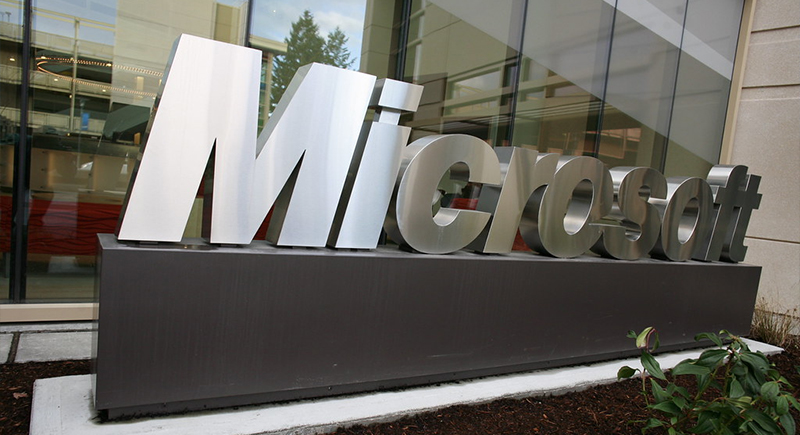
Credit: flickr
Even the tech giants aren’t immune to slowing demand. Microsoft is cutting about 3% of its global workforce as it retools around shifting customer needs in cloud services and internal cost-saving measures. While it’s far from the first time Microsoft has made a major layoff, this round marks the biggest since 2023, when it cut 10,000 roles.
Starbucks Cuts Corporate Roles in Business Overhaul

Credit: flickr
Starbucks is eliminating 1,100 corporate roles as part of a broader overhaul to simplify operations. You can still get your latte, but the people managing spreadsheets behind the scenes are seeing major changes. The cuts are mostly confined to HQ, so baristas and café workers will remain unaffected.
Adidas to Shrink Germany Headquarters Workforce

Credit: flickr
Despite posting strong Q4 results in 2024, Adidas is reducing its workforce by nearly 9% at its Herzogenaurach headquarters. The reason is not profits, but internal complexity. The company says it’s looking to fix its structure rather than cut costs.
Hudson’s Bay to Close All Stores
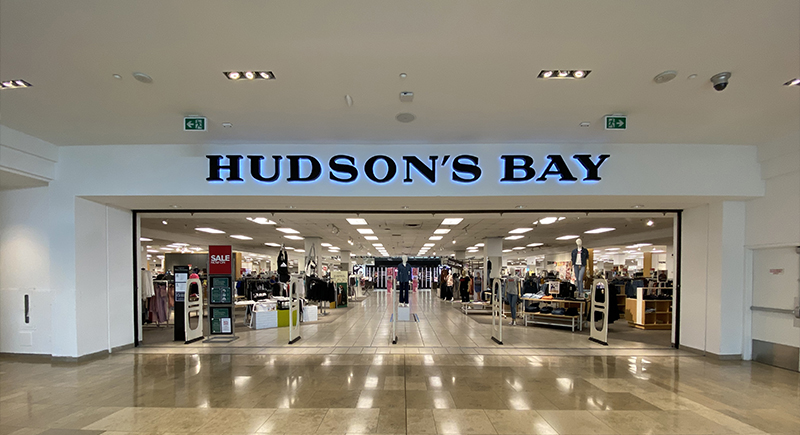
Credit: Wikimedia Commons
Canada’s oldest department store is closing for good. Hudson’s Bay, once a retail giant that anchored malls and main streets across the country, is closing all locations and laying off 8,300 employees. After years of sliding sales and mounting debt, the historic brand is wrapping up operations.
Chevron to Cut Jobs During Acquisition Transition
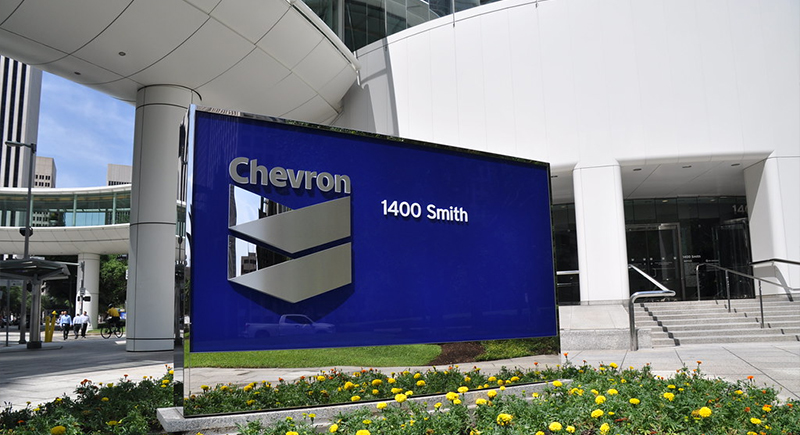
Credit: flickr
For an industry where every barrel counts, cutting jobs is about efficiency as much as it is about economics. With a major acquisition of oil producer Hess underway, Chevron is doing some internal reshuffling. The company plans to reduce its workforce by up to 8,000 people by 2026 as it integrates operations and seeks to save between $2 and $3 billion.
Ally Trims Positions in Selective Restructuring

Credit: Wikimedia Commons
Ally Financial is letting go of about 500 employees, or less than 5% of its workforce, so it can “right-size” certain operations. The company said the layoffs are balanced by hiring in growth areas. Affected workers were offered severance, job support, and internal transfer opportunities.
The United Nations Secretariat to Slice Roles

Credit: pexels
Even the world’s peacekeepers and policy-makers have to watch the bottom line. The United Nations Secretariat is letting go of 6,900 employees, with cuts spread between headquarters staff and field roles. The reason is a 20% budget cut, and it’s reshaping how the UN functions across development, peacekeeping, and administration.
Chiquita Says Its Goodbyes to Employees Amid Panama Protests

Credit: Wikimedia Commons
When nationwide protests in Panama over social security reforms brought commerce to a crawl, Chiquita pulled the plug, at least partially. The banana giant is cutting 5,000 jobs and scaling back its operations in the country. Management says instability made it unsustainable to continue.
Workday Trims Jobs to Double Down on AI Investment
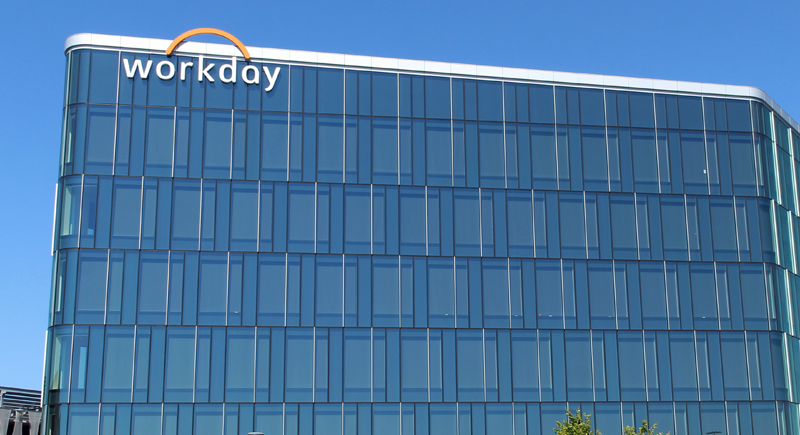
Credit: Wikimedia Commons
Workday is streamlining to refocus on AI and international expansion with 1,750 job cuts, around 8.5% of its workforce. The company insists this isn’t a downturn story but a strategic shift as Workday plans to keep hiring in AI-heavy departments.
Porsche to Gradually Eat Up Jobs Through 2029
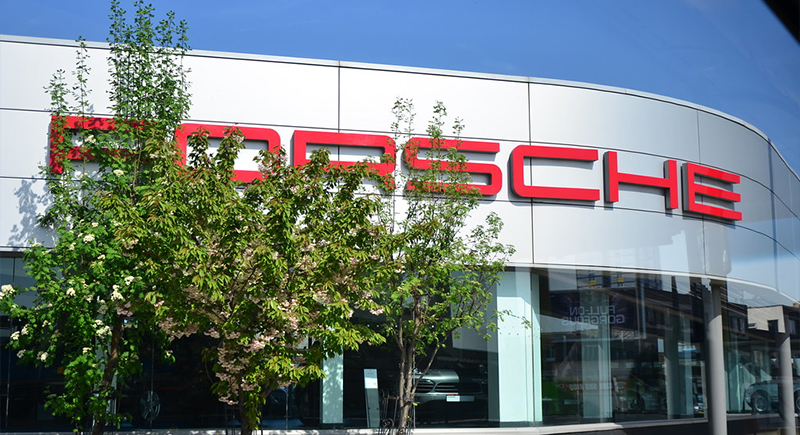
Credit: flickr
Rather than a sharp layoff, Porsche is taking the slow-and-steady route. The automaker will phase out 3,900 roles through 2029, mostly through contract expirations and a freeze on new hires. The reasons are economic uncertainty and softer-than-expected demand for electric vehicles.